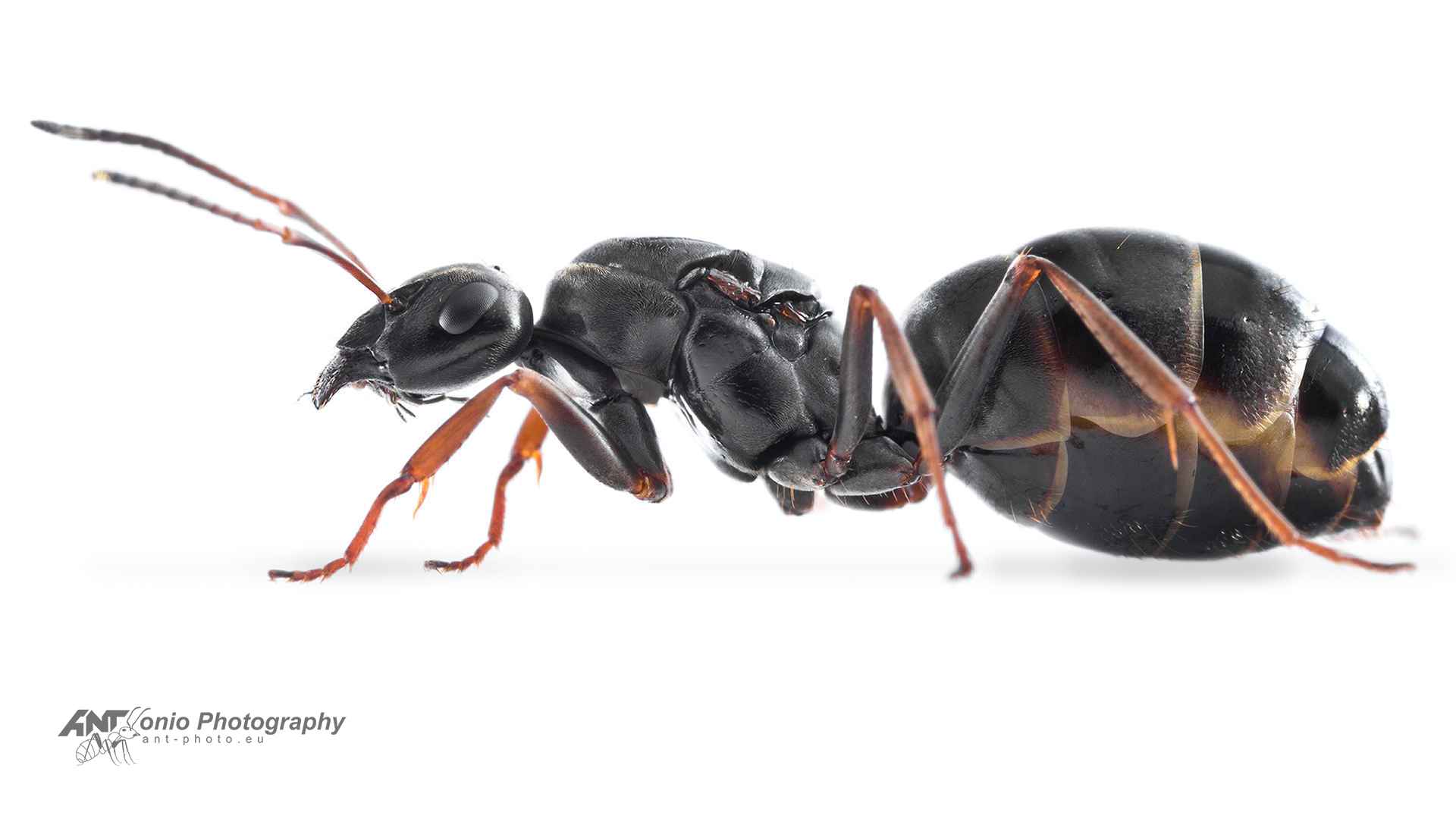Photo Credit: The amazing image used for the main picture in this post was taken by Kamil Stajniak from Poland. He has generously given us permission to use his photographs on our site. You can check out his other photographs on his website.
The Secret World of Silky Ants
Imagine an ant that’s not just about strength and teamwork, but also has a unique, silky appearance. That’s the Silky Ant for you! These small insects have some interesting features and behaviors that make them stand out in the ant kingdom. Let’s put on our explorer’s hat and find out more about the intriguing life of the Silky Ant.
What is a Silky Ant?
The Silky Ant, known scientifically as Formica fusca, is a small to medium-sized ant, typically around 4 to 8 mm in length. They are known for their shiny, silky appearance, which comes from the fine hairs on their body. This gives them a distinctive look compared to other ant species.
Building a Nest
Silky Ants are skilled at making their homes in a variety of environments. They prefer to build their nests in soil, often under stones or logs. They can also adapt to living in open fields or wooded areas, showing their flexibility in habitat choice.
Life in a Silky Ant Colony
A Silky Ant colony is a bustling place, with a queen ant laying eggs and many worker ants performing different tasks. These workers go out to gather food, care for the young, and maintain the nest. The cooperation within a Silky Ant colony is a great example of teamwork in the insect world.
Diet: A Bug’s Feast
Silky Ants have a varied diet. They eat other insects, plant nectar, and are particularly attracted to the honeydew produced by aphids and scale insects. This diet helps them play a role in controlling pest populations and pollinating plants.
Contributions to the Ecosystem
These ants contribute to their environment in several ways. They help in seed dispersal, improving soil health, and controlling the numbers of other insects. Their activities benefit the overall health and balance of their ecosystemsAn ecosystem is a community of living organisms, like insects and birds, and non-living components, like water and rocks, that interact with each other in a specific area. Learn More.
Friends and Foes in Nature
Silky Ants have mutualistic relationships with aphids, but they also face threats from predators like birds and larger insects. They sometimes compete with other ant species for resources, leading to interesting interactions and behaviors.
Reproduction and Growth of the Colony
The colony grows through the production of winged males and females, who leave the nest to mate and start new colonies. This process ensures the spread and growth of Silky Ant populations in their habitats.
Adaptation and Survival Skills
Silky Ants have developed several adaptations for survival, including their ability to find food in various conditions and their cooperative colony structure. These traits help them thrive in different environments and overcome challenges.
Environmental Challenges and Resilience
While adaptable, Silky Ants face challenges such as habitat disturbance and climate change. Their resilience and ability to adapt to different environments help them maintain their role in the ecosystem.
The Silky Ant is an intriguing and important insect, with its distinctive silky appearance and significant ecological roles. From pollination to pest control, these ants play a crucial part in maintaining the balance of their environment.




